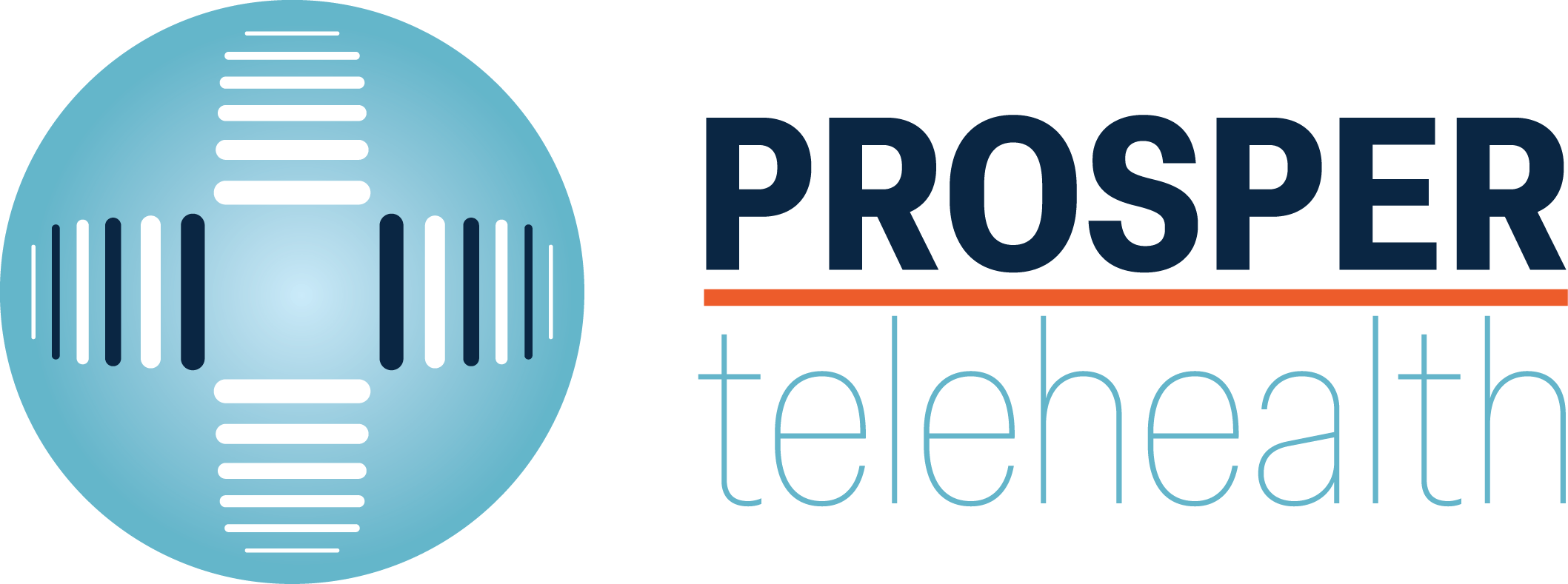Access to accurate health data is essential to deliver the highest level of care to your patients.
In the past, healthcare providers have had to rely on anecdotal evidence and single data points scattered across long time intervals, which may or may not be an accurate representation of an individual’s health.
Remote Patient Monitoring (RPM) is a healthcare delivery model that leverages electronic devices to measure specific vitals, such as weight, blood pressure, or glucose levels, for those that suffer from chronic conditions.
By collecting several data points throughout each month, healthcare providers are provided with a much more accurate picture of an individual’s health status.
Many experts agree that RPM is ushering in a new era of precision medicine which will create a higher level of care with better patient outcomes, while reducing healthcare spending.
Remote Patient Monitoring (RPM) has flipped the care delivery paradigm to the benefit of each stakeholder: patients, providers, payors, and public health.
Patients
Countless studies have shown superior patient outcomes for those that participate in RPM. For instance, in one study conducted by a medical center in southwest Florida, 84% of patients who participated in RPM lowered their A1C by 9% or greater.
Beyond the improvement in health options, RPM also helps patients stay connected to their care and loved ones.
While many patients were initially reticent to use RPM devices, the recent pandemic has shifted people’s attitudes. One study completed after the COVID-19 pandemic showed that 66% of people are more willing to use RPM devices, and only 6% are less likely.
This shows that patients are much more acce
Providers
When it comes to quality of care, there is nothing that can replace person-to-person contact between the patient and healthcare provider.
RPM is a valuable tool to make those interactions more impactful by having more data to better diagnose and treat patients.
By receiving real-time updates on a patient’s condition, providers can make better decisions about care and provide the best possible treatment, enabling the productive use of these systems.
Also, RPM is a billable service that can add significant practice revenue.
Payors
Medicare began covering RPM as a separate billable service since 2019. Their continued push to maximize participation by providers and patients may look like a cost at first glance, but these programs have shown to pay dividends in the long run.
For instance, a single heart attack costs insurance payors almost $17,000 per hospital stay. If RPM can prevent even 1 out of 10 potential heart attacks for those in the program, the program has more than paid for itself.
As private insurers see the obvious cost savings, provider and patient participation will become ever more encouraged in the future.
Public Health
For the first time in our nation’s history, the average lifespan has decreased for the past 2 years.
While the COVID-19 pandemic played a role, it also exposed the poor overall health of our population and the downstream consequences that arise.
Nearly 7 out of 10 deaths are from chronic disease. RPM empowers patients and providers with more information, so they are aware of potential issues.
About Prosper Telehealth
Prosper Telehealth offers comprehensive preventive services, including Remote Patient Monitoring.
We offer both full-service and SaaS options, fully integrated with your EMR.
Contact us today
Prospertelehealth.com

